

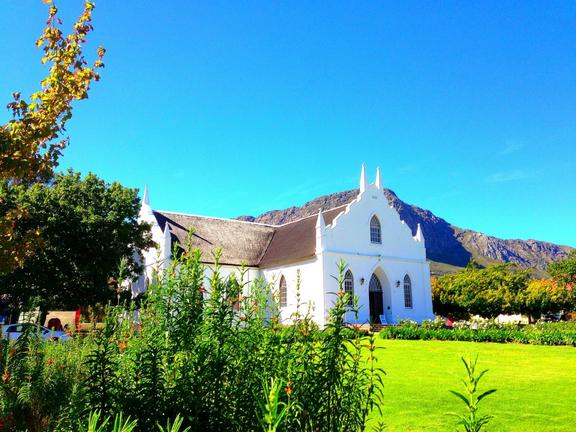
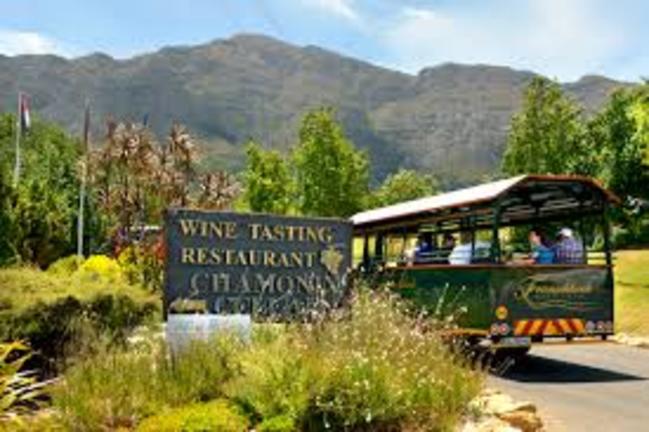
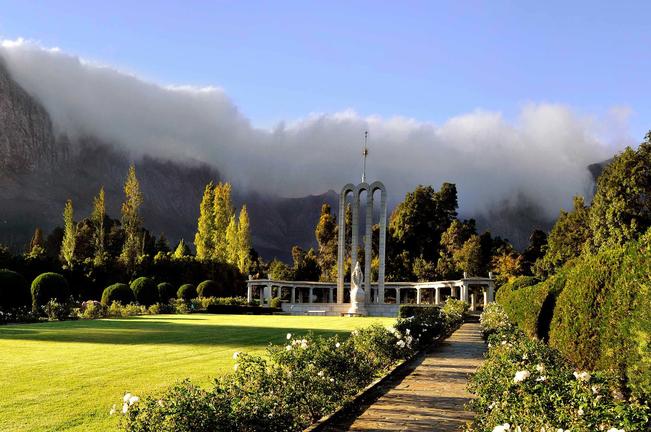
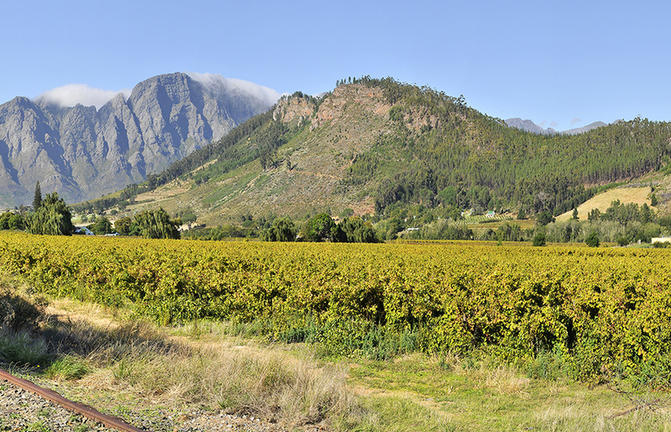


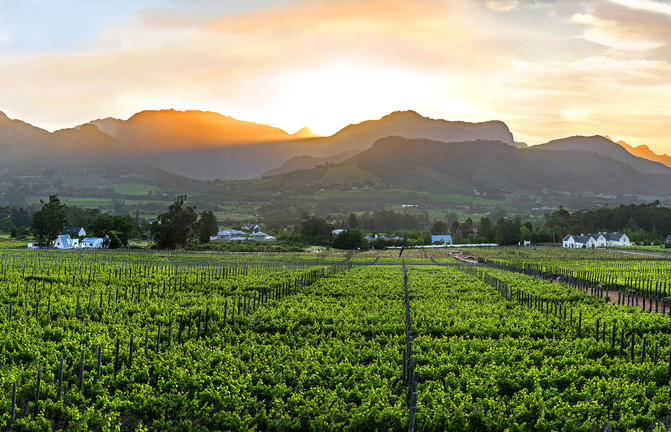

Nestled between towering mountains in the beautiful Cape winelands lies the Franschhoek Valley - the food and wine heartland of the country, where fine wines are grown and our top chefs create gourmet experiences. Breath-taking scenery, warm hospitality, world class cuisine and the finest wines all combine to make this one of our favourite destinations when visiting South Africa.
Spectacular vineyards cover these mountain slopes settled more than 300 years ago by the Huguenots, who brought with them their age-old French wine and food culture. This is a valley rich in history centred around a picturesque village of friendly, welcoming people. The village has become a centre for crafts, art, antique shops and galleries while the main street is lined with coffee shops and restaurants. Franschhoek is the perfect place to take it easy; stroll the main street perusing galleries and crafts, trying different foods, or you can stay active with a bike ride through the valley, horse rides, walks and more...
Where to eat in Franschoek central;
Foliage Sustainable comfort cooking in a relaxed bistro setting. Big fireplace, wooden tables & chairs and open plan kitchen. Local produce and wines with an emphasis on terroir cooking.
The Tasting Room at Le Quartier Francais is a much-lauded, fine dining restaurant, frequently featured in the San Pellegrino world’s top 50 restaurants.
Cafe des Arts is a simple, relaxed and rustic eatery in Franschhoek town – here, the menu is scribbled on a chalkboard every day and the food is all fresh – sourced from local farms. Head chef Chris Hoffman hails from the Olympia Bakery in Cape Town’s Kalk Bay (quite possibly my favourite restaurant, ever) and the vibe is pan-to-the-plate, tasty grub.
Salmon Bar is the only restaurant in the entire African continent that boasts a menu of responsibly sourced, MSC-certified seafood. Here, fish farmer Greg Stubbs recognised the need to remove pressure from the ocean’s dwindling resources thourgh Aquaculture. Call ahead and book a smoked salmon and trout tasting with Greg – he’ll take you on an extraordinary gastronomic journey in the art of sustainable seafood.
Just walk the main street and you are bound to find an appealing eatery for breakfast, lunch or dinner.
Further afield are the wine estates, many of which have fabulous restaurants, accessed by The Wine Tram, taxis or bicycle! La Motte, Rickety Bridge, Boschendal are just a few of the fabulous estates with great restaurants.
Situated in the northeastern reaches of South Africa in the province of Mpumalanga, MalaMala Game Reserve shares a boundary with the Kruger National Park. MalaMala is one of the largest Big Five game reserves in Southern Africa. Stretching over 13 300 hectares, this spectacular reserve features bushveld, vast savannah, riverine woodlands, and straddles the Sand River. MalaMala is one of the more established private reserves as well as one of the oldest private reserves in the greater Kruger Park region. Commonly spotted animals include lion, leopard, buffalo, elephant and rhino.





















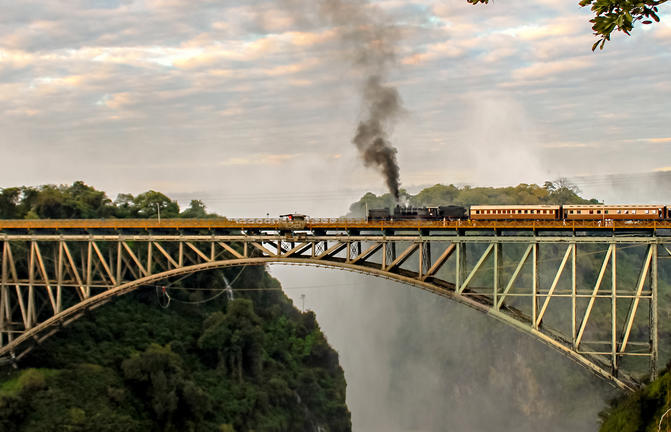
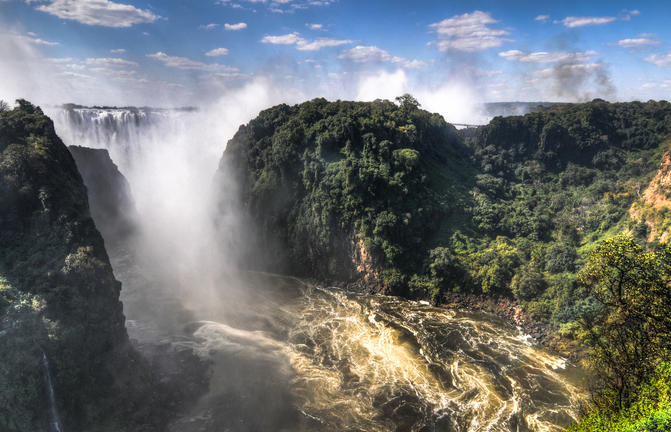


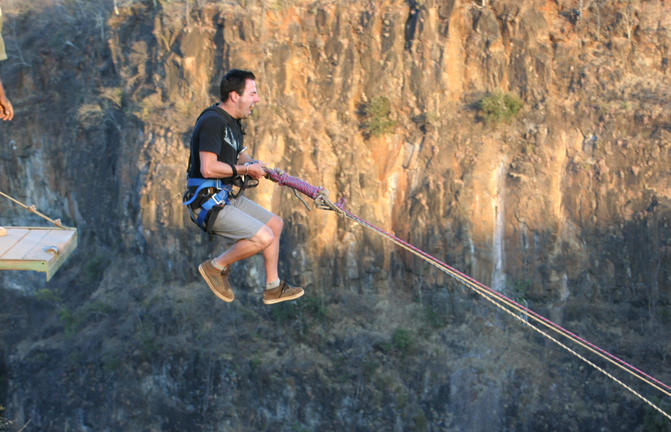
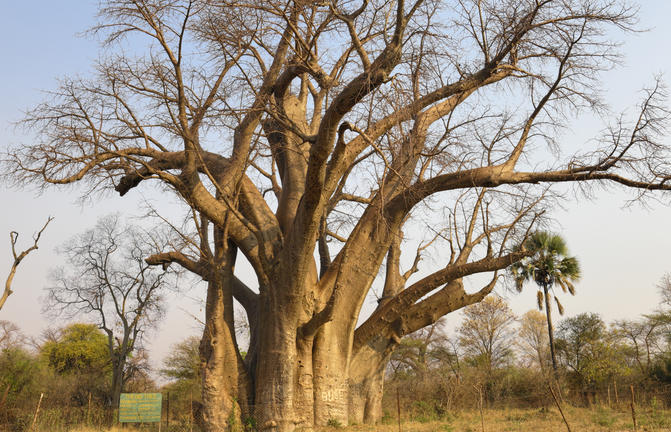

Victoria Falls also known as "Mosi oa-Tunya" ("the smoke that thunders") is positioned almost exactly half way along the mighty Zambezi River's 2700 km journey from it's source to the sea. Here the river plunges headlong into a 100m vertical chasm spanning the full one-and-a-half kilometre width of the river. Creating the biggest curtain of falling water in the world and also one of the seven natural wonders of the world.
https://www.youtube.com/watch?v=XCXPRtPnUac
The power of the falls is awesome with the highest ever flow recorded in 1958 when it reached more than 700 000 cubic meters of water a minute. The water in the gorges rose 18 metres (60 feet) above its normal flood level.
This constant pounding by the currents of the mighty Zambezi has, over the millennium, cut through the rock faults and fissures and carved out not one but eight successive precipices (and now the ninth has begun). When our early ancestors inhabited this area some 1.5 million years ago , they would have seen a different Victoria falls to he one we see today.
Being one of the greatest physical spectacles in Africa it stands to reason that it has attracted so much much interest from us humans over time and therefore the area is steeped in history and mystery.




